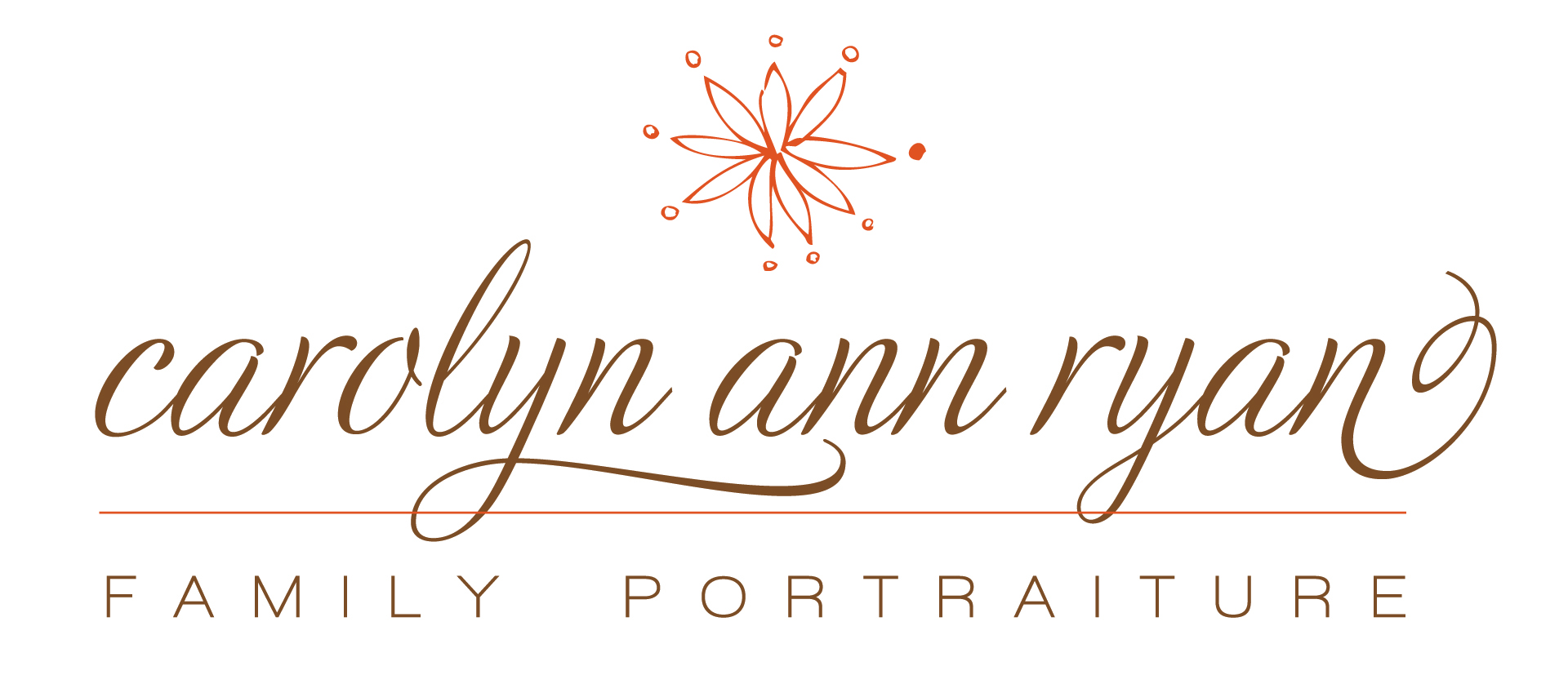I had never heard of Ehlers-Danlos Syndrome before I met Jenna. After learning more about the everyday impacts it can have, I wanted to help. Jenna has allowed me to share her personal story here to help raise awareness for EDS and also raise money that can be used towards research. I invite you to learn more about Jenna, EDS, how I’m using my business to help raise money, and at the end of this post, if you can, consider donating to EDS Network C.A.R.E.S. – a 100% volunteer organization. Anything can help, even small amounts, and we greatly appreciate your time just reading and sharing this post with others.
There is a saying in the medical field often used by doctors, “If you hear hoofbeats behind you, expect horses, not zebras.” But sometimes, it might actually be zebras.
This is Jenna. She is a bright, bubbly and inspiring girl and a former co-worker from my days at Capital IQ.

This is a story about Jenna and her zebras.
Four years ago, she was walking up a hill in Ithaca, NY at her college and started to notice some chest pain. When the pain didn’t go away after a few days, she went to the hospital afraid she was having heart or lung trouble. They did a battery of tests. Doctors found nothing wrong, sent her home with some extra strength ibuprofen and suggested rest and physical therapy. In a few weeks, she should be fine.
But she wasn’t. Her symptoms grew worse. Within a few months, she had neuropathies in both arms, her hands were numb, and eventually the muscles in her back atrophied.
Jenna went from doctor to doctor looking for clues to her mystery illness. She was doing research every night on sites like www.NeuropathyHelp.co and eventually, she received a tentative and ultimately incorrect diagnosis of bilateral thoracic outlet syndrome, a blockage of nerves and arteries at the neck and shoulders.
Jenna graduated college and moved to New York City to start her job at Capital IQ. This is when I met Jenna, but was completely unaware of any issues with her medical condition. Although she was in constant severe pain, she was determined to do well and hopefully start another round of physical therapy in New York. She found a great rehabilitation expert on the Upper East Side, who diagnosed her as “hyper-mobile” (or loose jointed) and explained that she had more orthopedic problems than just thoracic outlet syndrome.
Jenna started with basic exercises and found she couldn’t even support her own weight rolling over or crawling on the floor. Although she diligently went to physical therapy, she grew weaker instead of stronger. Her shoulders and neck started to pop out of joint, and her hips and knees started to get weak. Next, she tried an injection therapy on her shoulder, only to find it became exponentially worse. A year later, even though she had made progress on exercises, she was dislocating joints multiple times a day. Jenna often had to literally tape and brace herself together just to be able to function.
At this point, her overall illness was still a mystery and at just 22 years old, she feared if she didn’t find an answer, she would soon be disabled.
One day, as she googled her symptoms again, she found a website explaining a connective tissue disorder called “Ehlers Danlos Syndrome”. The features of Ehlers Danlos syndrome were loose, fragile hyper-mobile joints, thin stretchy skin, chronic pain, premature birth, dysautonomia, and sometimes vascular and organ rupture. Diagnosis is based on physical features and the ability to pass the Beighton test, which tests an individual’s joint hypermobility. Sitting in front of her computer that day, she discovered that she scored all 9 points on the Beighton Scale, and had all the clinical features of this condition.
She scheduled an appointment with a geneticist at Cornell Weill Hospital, and was diagnosed by clinical examination. Jenna had Ehlers Danlos Syndrome. The hoofbeats were zebras.
Since diagnosis, she has suffered many other complications of EDS. She eventually developed dysautonomia (a malfunction of the autonomic nervous system), multiple food allergies, crippling fatigue, and severe metabolic disorders.
So, what is Ehlers–Danlos syndrome (EDS)?
It is an inherited connective tissue disorder, caused by a defect in the way the body makes collagen. The faulty collagen makes the connective tissue in the body weak and fragile. This causes the progressive deterioration of the joints, skin, blood vessels, and organs. Depending on the individual mutation, the severity of the syndrome can vary from mild to life-threatening. There is no cure, and treatment is supportive, including close monitoring of the digestive, excretory and particularly the cardiovascular systems. Corrective surgery may help with some of the problems that may develop in certain types of EDS, although the condition means that extra caution is advised and special practices observed.
Patients with Ehlers Danlos Syndrome say it is difficult to even find a general practice doctor that is willing to treat or follow their case because of the lack of knowledge of the disease. Every time she goes to a doctor, Jenna is often showcased to a parade of medical students who are told “this will likely be the only case of EDS you will ever see.”
When Jenna first started working with us at Capital IQ, most of us were completely unaware of the issues and challenges she was facing. Behind her smile and warm personality, she tried so hard not to show the pain she was feeling nearly every day.
At age 24, Jenna strives to maintain a positive attitude, hope for the future, and lead a balanced work and social life. She feels very blessed to have a supportive family, caring friends, and a wonderful work environment. She hopes that one day her story will help others become aware of the disease and eventually lead to treatment or a cure. As of now, there are no medications to treat this illness and no cure, and depending on the specific categorization of this illness, some patients lives may end early and suddenly due to possible vascular or organ ruptures.
I had the opportunity to photograph Jenna last Fall while building images for our company’s corporate web site. As you can see from the images below, her smile is contagious, and there is usually quite a bit of laughter involved with any interaction you have with her. She just knows how to make people feel comfortable and have fun in any situation. She actually credits her syndrome with making her appreciate life more.

I left Capital IQ in April to pursue my passion for photography full-time. But I kept thinking about Jenna, and have learned more about Ehlers Danlos Syndrome since that time. I am finally pursuing my own dream, and I want to also use my photography to do some good. Last year, I started working with PPA Charities and Operation Smile and during the month of October, I will donate a portion of my session fees to Operation Smile’s Family Portrait Month.
BUT, now I’m also going to make September and November my own Portrait Months in honor of Jenna and EDS. I am pledging to donate a portion of my sales from September and November portrait sessions to EDS Network C.A.R.E.S. I have spoken to this organization which is strictly run by volunteers and 100% of the money raised will go directly to research for Ehlers Danlos Syndrome.
I am so happy to say that my portrait calendar for the Fall is nearly full, and sessions have begun. I am on my way to raising money for EDS Network C.A.R.E.S.
But now I’m reaching out to others. There are two possible ways that you can help EDS Network C.A.R.E.S and Jenna’s hope for finding a cure for this disease.
First, if you are a photographer, would you consider joining me in this cause of both fundraising for EDS Network C.A.R.E.S and raising awareness about Ehlers Danlos Syndrome? You can help by donating either a small portion of your portrait session fees or your sales to EDS Network C.A.R.E.S. You can add your contributions to our Crowdrise page, and we will create a special blog post in December to recognize all of the photographers and also any vendors that helped us in our fundraising efforts. Even small amounts will be helpful and greatly appreciated.
We will also welcome one-time donations from friends and family, photographers, and vendors through this Crowdrise page as well. Please share this blog post with your friends, spread awareness of EDS and if you can, please help our fundraising efforts. There is no cure, but with your assistance, more research can be done to ease the pain from diseases such as EDS.
Official Organizations…
Ehlers Danlos Network C.A.R.E.S. – Research & Awareness
Informational & Cool Videos…
Discovery Channel Medical Incredible Show on a family of four with Ehlers Danlos Syndrome and how they have overcome their disabilities by becoming Martial Artists (5:58 mins)
Mystery Diagnosis on Ehlers Danlos Syndrome – About a woman that struggles to find out her diagnosis her whole life after chronic pain and vascular problems and goes on to found the EDS Network C.A.R.E.S (25 mins)
Information Websites
Wikipedia Article explaining the basics of EDS and the different types of the disease
National Institute of Health Website of EDS.
Reference: www.neuropathyreliefguide.com/.












